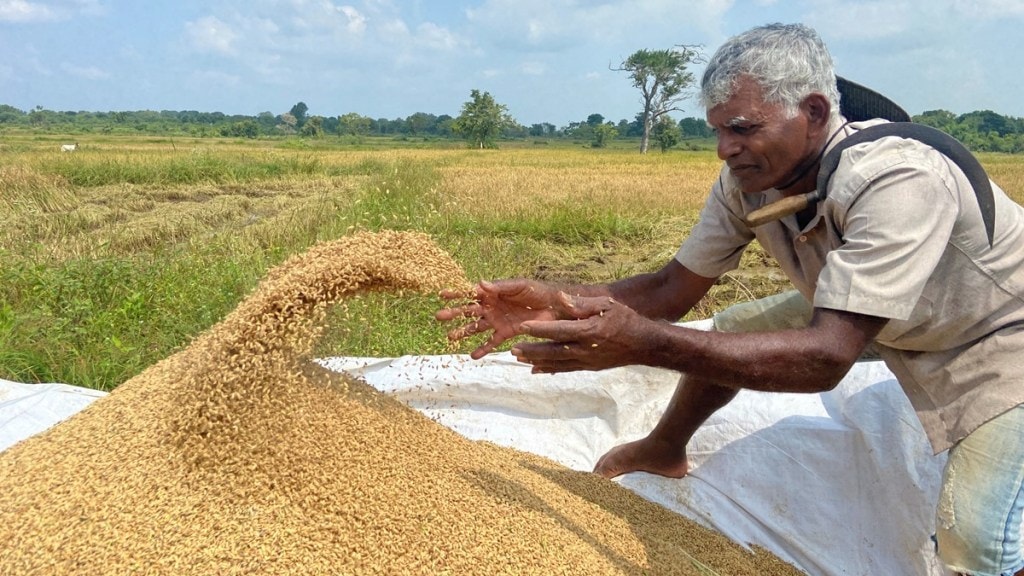Moderation in growth of agriculture and allied sectors along with services sector slowdown have lowered the overall private consumption growth in the current financial year, Minister of State for Finance Pankaj Chaudhary informed the Lok Sabha while responding to a question on Monday.
“PFCE (private final consumption expenditure) growth had been estimated to 3.1% in Q2 FY24…significant growth or contraction in components of PFCE having reasonable shares, particularly food articles, has resulted in overall growth of 3.1% in PFCE,” Chaudhary said. This is the lowest growth recorded in the second quarter of any financial year, in at least past 12 years – barring Q2 FY21, the pandemic quarter. In Q1 FY24, PFCE had grown 6.0%.
The National Statistical Office’s (NSO) in its first advance estimates has projected PFCE to grow merely 4.4% in FY24, at the lowest rate since FY03. Economists have attributed tepid rural demand, and muted growth in real rural wages behind lower overall PFCE growth. As per India Ratings and Research, the real wage growth of households belonging to the lower income bracket was marginally negative in Q2 FY24 as against last year.
According to NSO, the agriculture and allied sector is seen growing at 1.8% in the current fiscal, the lowest rate in eight years; and the service sector’s growth is expected to plunge to 7.7% from 9.4% in FY23. Manufacturing sector, however, is seen growing at 6.5% in FY24 as against 1.3% in FY23.
On Goods and Services Tax (GST) mop-up reflecting consumption trends, MoS Chaudhary said that while GST data may broadly reflect consumption trends, it may not provide a total picture of consumption as there are a large number of goods and services which are either GST exempt or are outside GST. In the first 10-months of FY24, GST growth has averaged 12%.
In a separate response to a question, Chaudhary said during FY19-FY23, the States’ SGST revenues (including compensation released to states) witnessed a buoyancy of 1.22, and excluding the compensation amount, the buoyancy came in at 1.15; significantly higher than 0.72 buoyancy recorded in FY13-FY17. On the overall level, states and Centre, the buoyancy in FY19-FY23 came in at 1.25 as against 1.0 in the pre-GST period.
Finance Minister Nirmala Sitharaman in her interim-Budget speech said that by unifying the “highly fragmented” indirect tax regime in India, GST has reduced the compliance burden on trade and industry, and also led to widening of tax base.
